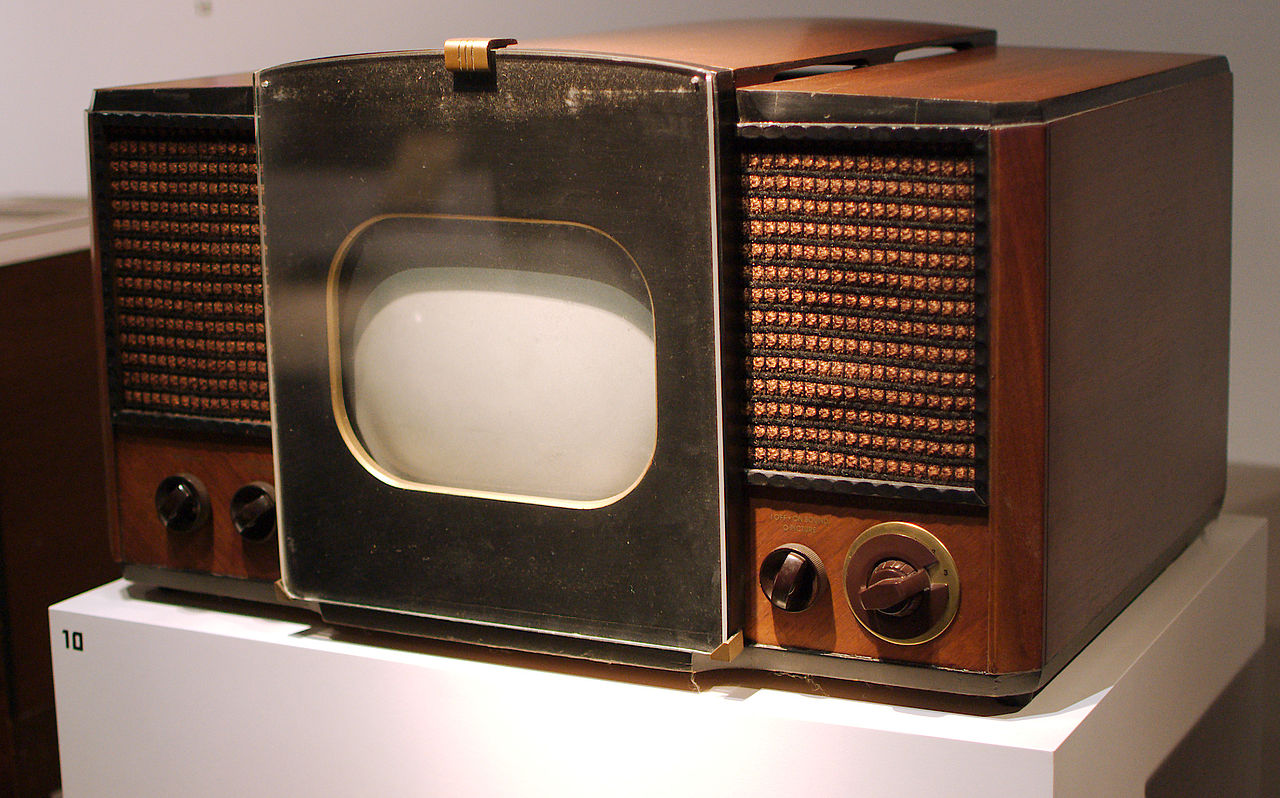John Logie Baird Biography
Early Life
John Logie Baird was born in 1888 in Helensburgh, Scotland. His father worked in the clergy.
In his early life, he was frequently sick, but he enjoyed spending his time tinkering with inventions and showing early signs of an engineer’s mind.
One of the first things he engineered was a telephone rig that connected his house to the houses of his friends in the neighborhood.
Eventually, he used this creative thinking in his education at the Larchfield Academy, and then later at the Royal West of Scotland Technical College.
Later, Baird attended the University of Glasgow. Unfortunately, his education at the University of Glasgow was disrupted by the onset of World War I.
Due to his illnesses, he was not permitted to join the military and serve in the war.
Instead, he took a job as a supervisory engineer at the Clyde Valley Electrical Power Company.
After the war, he sought to establish himself in the business world, but was unsuccessful. Instead, he decided to conduct experiments in the hopes of developing what would later become television.
Scientific Research
He moved to the south of England and worked on his new project. His first attempt was made of various random equipment, but in 1924 he could send the image of an object, albeit unstable, from a few feet away.
By 1924, he had experimented with television by transmitting outlines of objects. By the following year, he had successfully televised human faces that were visible enough to be recognizable.

The very next year in 1926, Baird was able to successfully demonstrate televising of objects in motion. He presented his findings at the Royal Institution in London.
The following year, Baird’s television system was able to be transmitted across more than 438 miles of telephone wire.
This allowed a television transmission from London to Glasgow, and, being the first scientist to accomplish this, he created the Baird Television Development Company.
In 1928, Baird’s company was also the first to accomplish transatlantic transmission of television.
Baird astonished researchers by transmitting television from London to a ship in the middle of the Atlantic Ocean, and also from London to New York.
Due to his success, the German post office provided him the facilities necessary to develop a television broadcasting service in 1929, as his mechanical transmission system was the only one in operation at the time.
Originally, sound and vision could not be transmitted for television at the same time. This was quickly amended however, and by 1930 television had simultaneous sound.
Impact
His efforts proved very effective, and by the year 1936, the British Broadcasting Corporation (BBC) was a fully formed and functioning public service.
At the time, the BBC’s competition was a company called Marconi Electric and Musical Industries.

By this time, the mechanical system that Baird had developed was being overcome by the electronic systems that were becoming more popular.
In fact, Marconi Electric developed an electrical system that operated on 405 lines, and became favored over Baird’s 240 line system.
However, by February of the following year, BBC bought and merged with the Marconi Electric system.
Color was ready to be implemented into television by 1928, and stereoscopic television research was underway, to be completed in 1946.
Later Years
John Logie Baird passed away in 1946 at the age of 58 due to a stroke.
He is buried with his family in a Helensburgh cemetery in Scotland.







